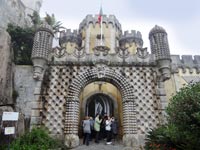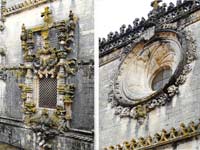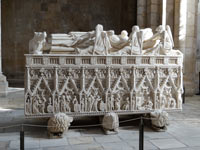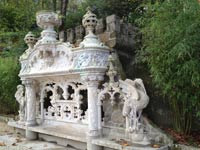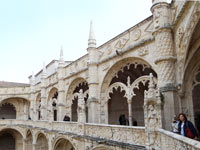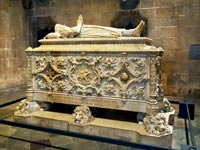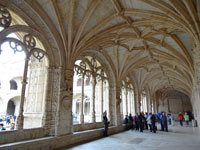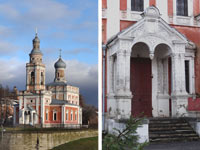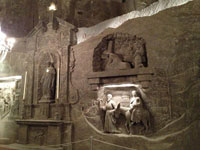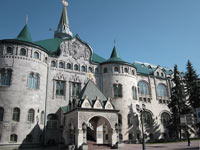For construction and stone carving in Portugal, a local variety of limestone resembling soapstone was used.
Now stone carving, as for centuries, is used in the decoration of respectable buildings and premises. In addition, carved decor, mainly on limestone or marble, is widely used in church architecture both in the old days and now: for decorating the facades of newly erected churches, for making kiosks, iconostases, thrones, altars, white stone chapels, as well as memorial monuments and crosses.








 Site search
Site search